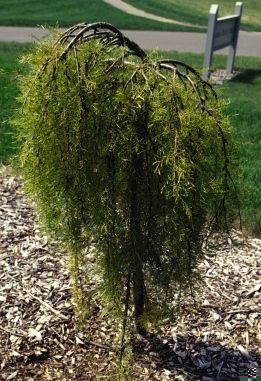| PSC 2620: Woody Trees and Shrub | Course Home | Week 10 |
Caragana arborescens - Siberian Peashrub
Plant Viewer
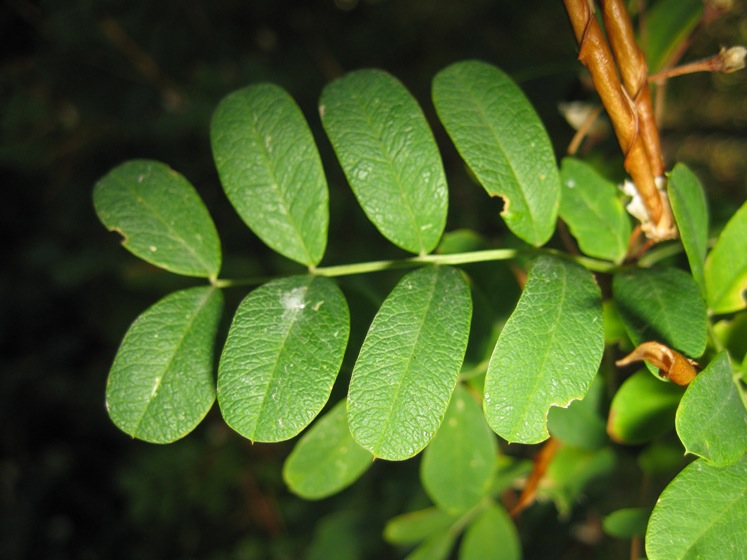 |
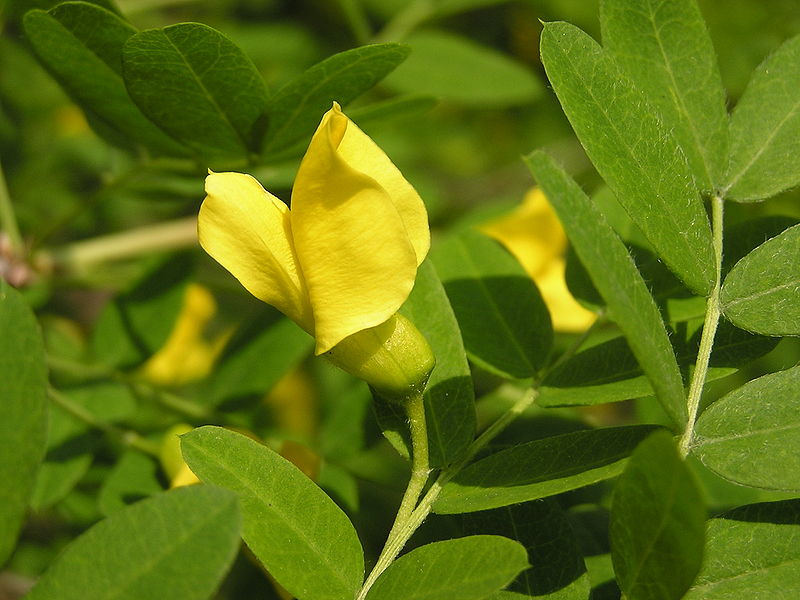 |
| Siberian Peashrub has an even pinnately compound leaf with small elliptic leaflets. | In the spring, small yellow pea-flowers form. They do not appear in enough numbers to be considered very ornamental. Image: Andrew Butko |
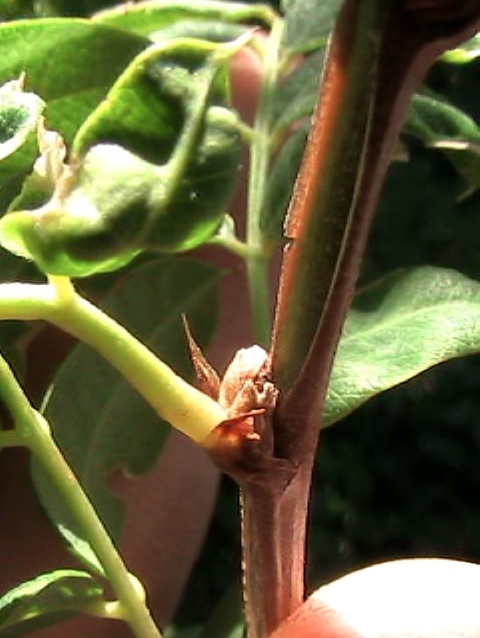 |
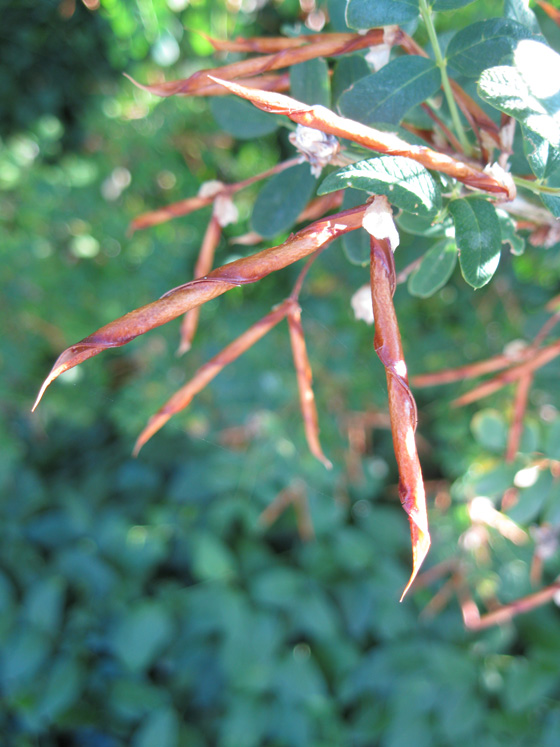 |
| A pair of small thorns form at the nodes. They are often easier to feel than see. | Small pea pods form during the summer. By late summer they pop open and turn brown. |
Plant Description
Caragana arborescens, or Siberian Peashrub, is a large shrub or small tree, reaching 15-20 feet tall and 12-18 feet wide. It is commonly found in a multi-stemmed form or grafted onto a standard as an small ornamental tree. It has a loose, upright branching habit. It is extremely cold hardy and tolerant of poor soils, pollution and drought. The bark is glossy and dark olive green, with prominent lenticels.
The leaf is evenly pinnately compound, 1 1/2 - 5 inches long and bright green to lime green in color. Each leaflet is elliptic in shape and can reach 1 inch long. Small thorns form at each node on the branch. On young growth the thorns are pliable and not particularly noticeable, but by the end of the season you will definitely notice them if you grasp the branch in your hand.
Yellow pea-like flowers appear in the spring and can be born individually or in small clusters. The flowers are moderately ornamental, but not showy. Flowers form on the previous year's growth. Small (1 1/2 - 2 inches long) yellowish-green seed pods form on the bush during the summer and turn light brown in early fall.
Landscape Use
Use Caragana arborescens in difficult locations. It is a good choice for a windbreak or hedgerow.
Points of Interest
Dirr claims that you can hear the pea-pods pop when they burst in late summer, though I have never waited around a specimen long enough to verify this.
Notable Cultivars
Walker
The leaves of this cultivar are very slender and nearly needle-like in size and texture, creating a very light and airy feel to the plant. It also has a strong weeping form. This cultivar is most commonly grafted onto a standard and sold as a small ornamental tree.
